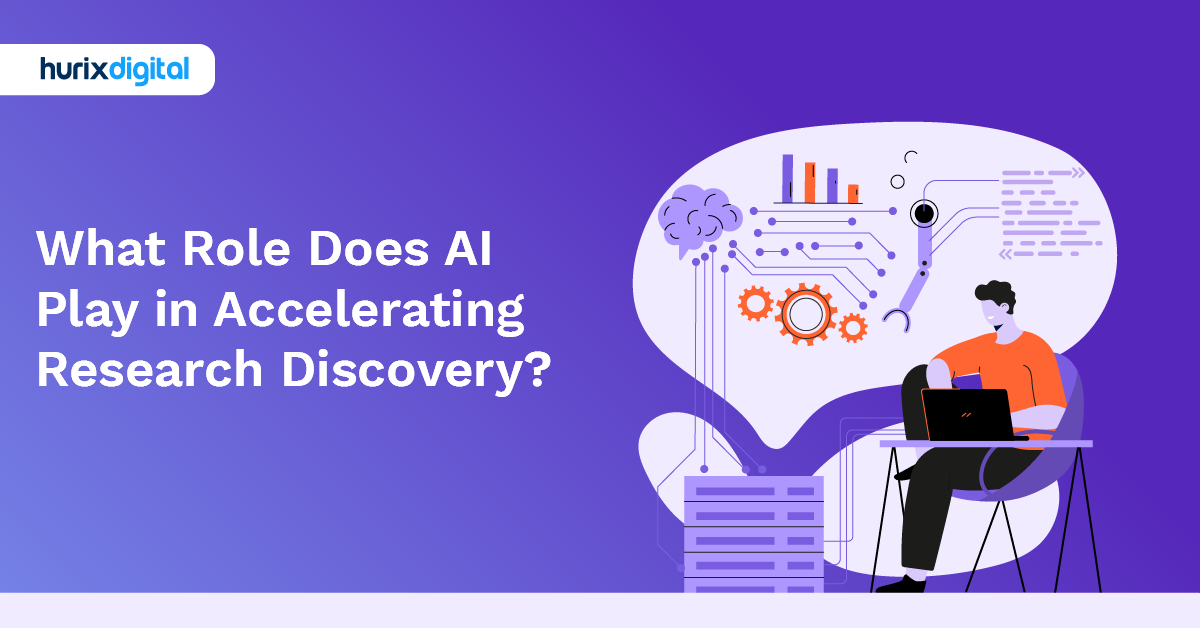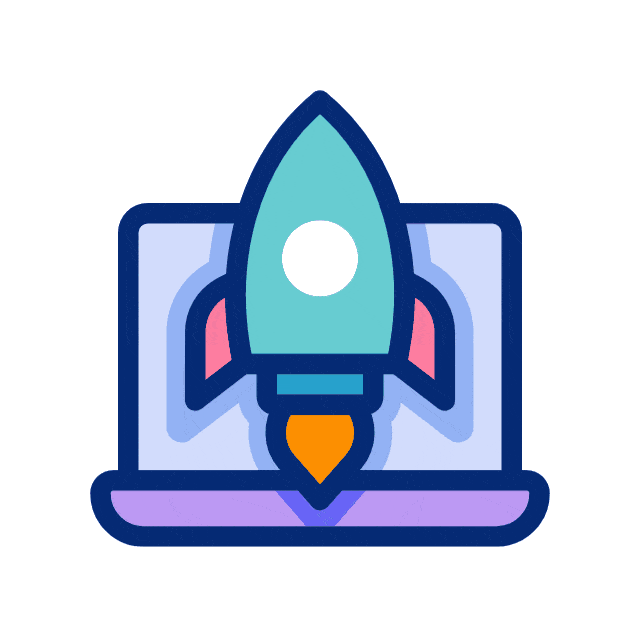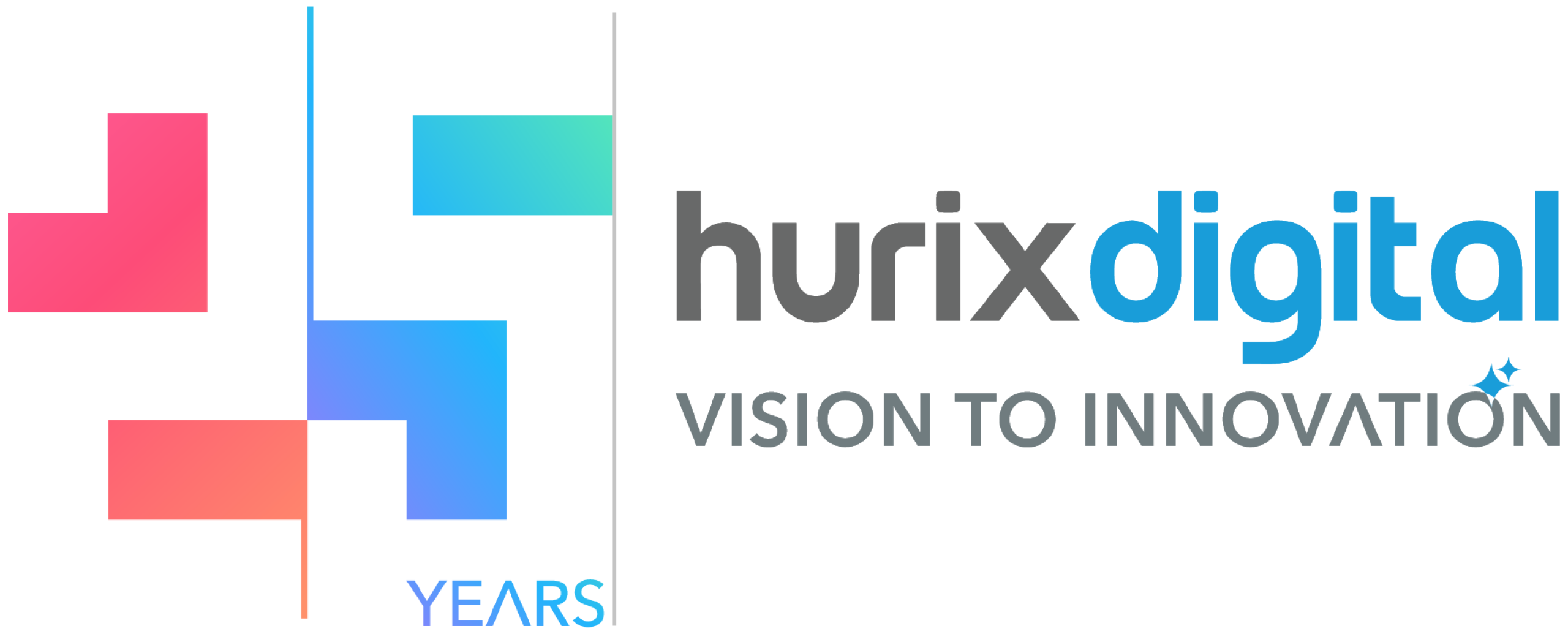
What Role Does AI Play in Accelerating Research Discovery?
The research landscape has shifted. You’ll hear conversations that five years ago would have sounded like science fiction in any university lab or corporate research and development center. Teams aren’t debating whether to use artificial intelligence (AI) anymore. Instead, they are dealing with harder questions: Which processes should AI handle? How much should they trust algorithmic insights? What happens when the machine discovers something the humans missed?
The reality cuts through the hype quickly. AI isn’t replacing researchers. It’s changing what research looks like, how fast it moves, and who can participate. A pharmaceutical company that once needed eighteen months for literature review now completes it in three weeks. Graduate students who spent years manually coding qualitative data now train models to identify patterns in hours. Small research teams compete with institutional giants by using AI to multiply their analytical capacity. But here’s what the vendors won’t tell you: for every success story, there are dozens of expensive failures. Teams that bought into promises of “automated discovery” ended up with sophisticated random number generators. Organizations that spent millions on AI infrastructure without asking whether their research questions actually needed it.
The disconnect happens because AI for research becomes a fundamental shift in how knowledge gets created, rather than a product you buy. The winners understand this distinction. They treat AI as a research partner with specific strengths and glaring weaknesses. They know when to trust the algorithm and when to trust their gut.
Table of Contents:
- How Can AI Strategically Transform Our Research ROI?
- What Data Infrastructure is Critical for Effective AI Research?
- How Do We Ensure Ethical AI and Mitigate Research Bias?
- What Talent Strategy Addresses the AI Research Skill Gap?
- How Can We Scale AI Research Initiatives Effectively and Efficiently?
- What are the Cybersecurity and Data Privacy Risks in AI Research?
- How Does AI Research Create a Distinct Competitive Advantage?
- What Long-Term Innovation Strategy Does AI Enable for Research?
- How Do We Choose the Right AI Research Partners and Tools?
- Which Metrics Measure AI Research Impact and Ensure Proper Governance?
- Closing Thoughts
How Can AI Strategically Transform Our Research ROI?
Return on investment (ROI) in research has often been a gamble masquerading as strategy. You fund ten projects, hoping one pays off. AI doesn’t eliminate this uncertainty, but it does change the odds. And the accounting.
The transformation starts with speed. A biotech firm we know cut its target identification time from six months to six weeks using AI-powered protein folding predictions. Did they discover more targets? No. But they eliminated dead ends faster, redirecting resources to promising paths sooner. That acceleration compounds. Failed experiments that once consumed quarters now fail in weeks. Success arrives faster, too. The ROI calculation shifts from “What did we discover?” to “How quickly did we discover what works?”
Cost structures change dramatically when AI enters research. In traditional research, costs are based on the number of researchers and questions. AI breaks this arithmetic. Once you’ve trained a model to analyze scientific literature, it processes a million papers as easily as a hundred. The marginal cost of each additional analysis approaches zero.
The strategic shift is subtle but profound. AI doesn’t just make existing research cheaper. It makes previously impossible research possible. In a world where you can analyze every published study in your field, synthesize insights across disciplines, and test thousands of hypotheses simultaneously, you’re not doing research faster. You’re doing different research entirely.
What Data Infrastructure is Critical for Effective AI Research?
Data infrastructure for AI research is like plumbing in a house. Nobody thinks about it until something goes wrong. Then suddenly it’s all anyone can think about.
Most organizations discover their infrastructure inadequacy the hard way. A genomics lab invests heavily in AI models for gene sequence analysis. Launch day arrives. The models work beautifully on “tes”t data. But what about the “production” data? Different format, different quality, different problems. A six-month model development cycle was wasted because nobody thought about data pipelines at the beginning.
The critical infrastructure that supports AI for research lacks glamour completely. Data cleaning systems standardize formats before models ever see them. Version control that tracks not just code but datasets, transformations, and model outputs. Storage solutions that handle petabytes without choking. APIs that let different systems actually talk to each other instead of creating data silos. One research hospital learned this after consulting us. Their radiology AI couldn’t access pathology data. Two departments, two systems, zero communication. The AI had half the picture and made predictions accordingly.
Quality control mechanisms matter more than raw computing power. Bad data is worse than no data because it creates false confidence. Research teams need automated validation that catches anomalies before they corrupt models. Manual review processes for edge cases. Clear data governance that defines who can access what and why. The uncomfortable truth is that most research organizations need to rebuild their data foundations before AI can deliver value. Legacy systems designed for human researchers don’t scale to AI demands. Excel spreadsheets and PDF reports might work for quarterly reviews, but AI needs structured, accessible, real-time data streams, which Hurix.ai can provide.
How Do We Ensure Ethical AI and Mitigate Research Bias?
The bias problem runs deeper than most researchers realize. A climate research team built an AI model to predict extreme weather events. Impressive accuracy on North American and European data. Complete failure in Southeast Asia and Africa. Why? Training data came from regions with dense sensor networks. The model learned that extreme weather happens where rich countries put weather stations. This becomes dangerous science that could misdirect climate adaptation resources away from vulnerable populations, going beyond just bad science.
Bias creeps in through seemingly innocent decisions:
- Which databases do you subscribe to?
- Which languages does your literature review cover?
- Who labels your training data?
A medical AI company learned this painfully when its diagnostic model showed racial disparities. Our investigation revealed the cause: training images came from academic medical centers that served predominantly white, affluent populations. The model had learned to associate certain conditions with skin tones because that’s what it saw in the data.
Mitigating bias in AI for research requires paranoid vigilance and systematic approaches. Diverse research teams help, but aren’t sufficient. You need diverse data sources, diverse validation sets, and diverse perspectives on what “success” means. The harder challenge is defining “ethical” when research pushes boundaries:
- Should AI analyze genetic data to predict intelligence?
- Should it identify mental health conditions from social media posts?
These questions don’t have technical answers. Rather answers demand for value judgments that require input from ethicists, affected communities, and society at large. Smart research organizations create ethics boards before they need them, establishing principles that guide decisions when pressure mounts to push boundaries.
What Talent Strategy Addresses the AI Research Skill Gap?
The AI research talent crisis does exist, though not because most organizations believe it does. It does not have to do with finding PhD computer scientists. It has to do with people who know what machines are and what they mean.
Traditional hiring approaches fail spectacularly. One research institute recruited top AI engineers from tech companies. Brilliant coders who could build neural networks in their sleep. Six months later, half had quit. Why? They couldn’t handle the ambiguity of research. In product development, requirements are clear. In research, you’re often not sure what you’re looking for until you find it. The engineers wanted specifications. The researchers needed exploration.
The real skill gap isn’t technical. It’s translational. Both the mathematical precision of machine learning and the messy realities of research questions require people who speak both languages. These hybrid professionals are rarer than unicorns and more valuable than gold.
Building talent internally often beats recruiting it. Researchers who learn AI skills understand the context that external hires miss. But traditional training fails here, too. Week-long workshops and online certificates create overconfidence without competence. Effective development requires months of hands-on practice with real research problems. Pair programming, where AI experts work alongside domain researchers. Failed experiments teach what doesn’t work. One successful approach: research apprenticeships where junior staff spend six months embedded with AI teams before returning to their disciplines.
Geographic constraints that once limited talent access have evaporated. A small agricultural research station in Iowa collaborates with AI specialists in Pune. Time zones complicate meetings but expand possibilities. The key is structuring collaboration so distance doesn’t create disconnection. Clear documentation, asynchronous communication, and regular video calls that maintain human connection across digital distances.
Retention strategies matter as much as recruitment. AI talent has options. They stay where they find interesting problems, a supportive culture, and growth opportunities. Research organizations that treat AI specialists as service providers rather than research partners lose them quickly. Those that integrate them into research teams, share authorship credit, and provide paths to leadership keep them.
How Can We Scale AI Research Initiatives Effectively and Efficiently?
Scaling AI for research is where grand visions meet harsh reality. What works in a controlled pilot explodes into chaos at an institutional scale.
Successful scaling starts with accepting that one size fits none. The natural language processing (NLP) model that transforms literature review in the social sciences might be useless for chemistry research. Instead of forcing uniformity, create frameworks that support diversity. Common data standards that allow different tools to interoperate. Shared infrastructure that teams can customize. Central support that provides expertise without imposing solutions.
Federated approaches beat centralized mandates every time. Let individual research groups develop AI solutions for their specific needs, then identify patterns that indicate broader applicability. Resource allocation requires new thinking. In traditional research budgets, larger projects require proportionately more funding. AI changes this math. Initial investments are huge: infrastructure, talent, and training. But marginal costs drop dramatically once systems are established. Smart organizations front-load investment, accepting higher initial costs for lower long-term expenses.
The efficiency trap catches many organizations. They focus on doing existing research faster rather than reimagining what research could be. Yes, AI can accelerate literature reviews from months to days. But the real opportunity is asking questions you couldn’t ask before. When you can analyze millions of data points simultaneously, why limit yourself to hypotheses designed for human-scale analysis?
What are the Cybersecurity and Data Privacy Risks in AI Research?
Security in AI for research is a nightmare wrapped in legal complexity, served with a side of existential dread. And that’s on good days.
The attack surface is massive. Research data attracts everyone from nation-states seeking a competitive advantage to criminals hunting intellectual property (IP) to activists opposed to your research direction. After partnering with Hurix Digital, one agritech startup realized that hackers stole five years of crop genetics research. The motive was competitive advantage in global food markets rather than ransom!
Privacy violations hit harder because research data is personal. In addition to being the raw material of discovery, medical records, genetic sequences, and behavioral patterns also present the prospect of privacy nightmares. The interconnection problem multiplies vulnerabilities. AI research rarely happens in isolation. Models train on data from multiple sources, share insights across institutions, and deploy through cloud services. Each connection is a potential breach point.
Defensive strategies require paranoia and pragmatism. Data encryption at rest, in transit, and during processing should be everywhere. Access controls that assume everyone is a potential threat, including insiders. Audit logs that track not just who accessed data but what AI models learned from it. Regular penetration testing that specifically targets AI systems. Most organizations hate the overhead until their first breach. Then, they wish they’d invested more.
How Does AI Research Create a Distinct Competitive Advantage?
The secret sauce to AI for research is not better algorithms. Similar models are used by everyone. It’s about asking better questions with the algorithms.
Speed and scale matter, but don’t differentiate. Every organization can process massive datasets quickly now. The real edge comes from unique combinations: proprietary data plus standard algorithms, domain expertise plus AI capabilities, or research questions nobody else is asking. Network effects amplify advantages over time. Organizations that implement AI early accumulate more data, refine models faster, and discover insights that inform next research directions. These compounds.
The collaboration advantage surprises many. AI enables research partnerships previously impossible due to scale or complexity. A small environmental research group partners with NASA because its AI can process satellite data streams. A regional medical center contributes to global cancer research because its models can analyze patient data while preserving privacy. Size matters less when AI levels analytical capabilities.
Speed to insight creates temporary monopolies on knowledge. The organization that first identifies a pattern, validates a hypothesis, or discovers a connection can move while competitors are still analyzing. This first-mover advantage in research translates to a first-mover advantage in markets. The first-to-discover receives patents, publication priority, and grant funding.
What Long-Term Innovation Strategy Does AI Enable for Research?
The strategic shift enabled by AI for research is from planning research to enabling emergence. Traditional research strategies define focus areas, allocate resources, and execute plans. AI enables a different approach: build broad capabilities, monitor vast possibility spaces, and rapidly pursue emerging opportunities.
Cross-pollination becomes systematic rather than serendipitous. AI doesn’t respect disciplinary boundaries. Models trained on astronomy data solve problems in medical imaging. Natural language processing developed for legal documents accelerates chemical research. Organizations that encourage this boundary crossing discover innovations at intersections.
Research portfolios shift from bets to options. Instead of committing resources to specific multi-year projects, organizations create portfolios of AI-enabled experiments. Small investments that can scale rapidly if promising or terminate cheaply if not. This optionality changes risk calculations.
Innovation strategy must account for AI’s evolution. Current models have clear limitations. They hallucinate, struggle with causation, and lack true understanding. But these limitations are temporary. Planning must consider not just current AI capabilities but probable future developments. Organizations building strategies around current limitations will be disrupted when those limitations disappear. Smart strategies focus on enduring advantages: unique data, domain expertise, and research questions that matter regardless of technological capability.
How Do We Choose the Right AI Research Partners and Tools?
Choosing AI research partners is like dating with a prenup. Everyone shows their best side initially, but you need to know how things will work when problems arise. And problems always arise.
Partner selection requires brutal honesty about internal capabilities. Can your team actually use sophisticated AI tools, or do you need partners who provide training wheels? One medical research group chose a less capable but more accessible platform because their researchers could actually use it. Their competitors chose “better” technology that sat unused because the learning curve was too steep.
Tool proliferation creates its own problems. Different teams adopt different platforms. Data formats multiply. Integration becomes impossible. Suddenly, you’re spending more time making tools work together than doing research. Standardization helps but stifles innovation. The balance? Define interfaces, not implementations. Specify how tools must communicate, but let teams choose tools that fit their needs.
Cultural fit matters more than technical fit. Research culture differs from corporate culture. Academic timelines differ from commercial timelines. A mismatch here dooms partnerships regardless of technical excellence. The successful partnerships we’ve seen share values: commitment to reproducible research, respect for data privacy, and understanding that research insights take time.
Which Metrics Measure AI Research Impact and Ensure Proper Governance?
Measuring AI for research impact is like measuring the depth of the ocean with a ruler. You get a number, but it misses the point.
Operational metrics tell more honest stories. Time from hypothesis to result. Cost per validated insight. Percentage of AI-generated leads that survive human review. These numbers reveal whether AI actually improves research or just generates busy work. After partnering with Hurix Digital, one materials science company realized that its AI produced impressive prediction accuracy, but 90% of predictions were scientifically trivial. High technical performance, low research value.
Quality metrics require human judgment augmented by statistical rigor. They consider not just whether AI models are accurate but whether they’re accurate for the right reasons. They also consider the reproducibility of results across different datasets and the stability of predictions over time.
The feedback loop between metrics and behavior requires careful design. Measure publications and researchers will salami-slice findings into multiple papers. Measure accuracy, and they’ll overfit models to test data. Smart organizations use balanced scorecards that incentivize both breakthrough discoveries and incremental progress. Quantitative metrics for efficiency, qualitative assessments for innovation impact.
Early warning metrics prevent disasters before they happen. Model drift detection that identifies when AI predictions become unreliable. Bias monitoring that catches discrimination before it affects outcomes. Resource consumption tracking that prevents runaway costs.
Closing Thoughts
Here’s what a decade of watching AI for research transform the landscape has taught us: The organizations succeeding aren’t the ones with the biggest budgets or best technology. They understood the earliest that AI didn’t change what questions matter; rather, it changed which questions you could answer.
The revolution isn’t complete. Far from it. We’re perhaps not even one-fourth into a transformation that will take another decade to fully unfold. Current AI models are powerful but primitive compared to what’s coming. Tomorrow’s possibilities will sweep away those who build rigid strategies around today’s capabilities.
For those ready to unlock AI’s full potential, Hurix.ai provides expert data annotation and labeling services essential for training accurate and robust AI models. Partner with Hurix.ai to accelerate your AI journey and achieve transformative results.

Vice President – Content Transformation at HurixDigital, based in Chennai. With nearly 20 years in digital content, he leads large-scale transformation and accessibility initiatives. A frequent presenter (e.g., London Book Fair 2025), Gokulnath drives AI-powered publishing solutions and inclusive content strategies for global clients
 A Space for Thoughtful
A Space for Thoughtful 